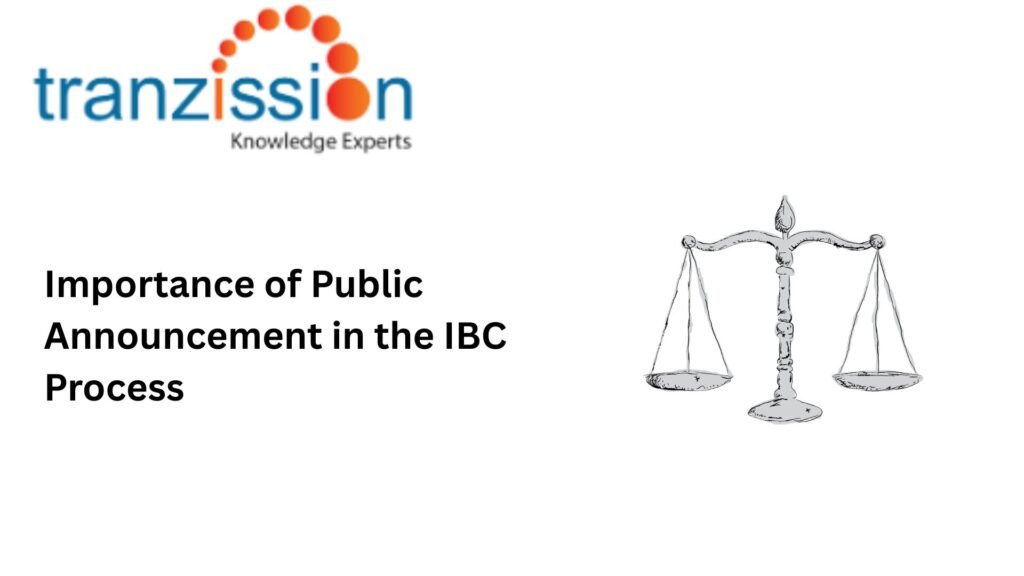
Liquidation Value Definition What’s Excluded and Example

Table of Contents
In financially distress situations, liquidation value helps businesses understand the minimum value they can expect if they need to wind down operations or restructure. It represents the potential recovery for creditors and investors if a company is forced to sell its assets quickly. Hence, understanding this value is essential for making informed decisions about investments, loans, and debt restructuring, as it provides a realistic picture of potential losses or gains.
What Is Liquidation Value?
Liquidation value is the estimated net worth of a company’s physical assets if sold quickly under duress. Because of the time pressure and potential for discounted selling, liquidation value is usually lower than the market value the company would realise if it had more time to sell assets. It acts as a “floor value”, or in simpler terms, as a minimum estimate of a company’s worth in a crisis situation, representing the amount that could be recovered by selling off its asset quickly.
What’s Excluded from Liquidation Value
Liquidation value is primarily concerned with the tangible assets that can be quickly sold to generate cash for creditors and other stakeholders, and certain assets are excluded:
- Non-Physical Assets & Intangibles: These are excluded because these assets are difficult to readily convert into cash during the liquidation process. Intangible assets, like goodwill, brand value, intellectual property, and customer relationships, are often difficult to value accurately, and their market value can fluctuate significantly.
- Other Exclusions: Deferred revenue is not included because it represents future income, and liquidation value focuses on the current realizable value of assets, not future earnings. It also excludes long-term investments and future earnings to ensure conservative estimates.
By excluding these items, the liquidation value provides a more realistic estimate of what the company’s assets would be worth if sold in a forced sale, ensuring a lower bound on the company’s value.
Read more : What is the purpose of AFA for Insolvency professionals?
How to Calculate Liquidation Value
The steps to calculate the liquidation value are:
- List tangible assets: Identify all physical assets owned by the company, including real estate, equipment, inventory, and other valuable items.
- Adjust for forced-sale discounts: Apply a discount, usually between 10% and 40%, to the fair market value of each asset to reflect the lower prices typically achieved in a forced liquidation sale.
- Calculate total adjusted asset value: Sum up the values of all assets after applying the forced sale discounts.
- Identify and subtract liabilities, such as debts, loans, accounts payable, and other liabilities of the company.
- Calculate the net liquidation value by subtracting the total liabilities from the total adjusted asset value.
It is important to understand the differences between the liquidation value, book value, and salvage value. Book value is the value of an asset as it appears on a company’s balance sheet, often based on historical cost less depreciation, and salvage value is the estimated resale value of an asset at the end of its useful life. In most cases, the liquidation value will fall between the book value and the salvage value.
Uses, Limitations, and Caveats
Liquidation value is crucial because it sets a lower bound on a company’s worth, influencing creditor expectations, informing risk-averse investors, establishing a minimum price in a sale:
- Creditors rely on liquidation value to asset the potential recovery of their investments in case of a company’s failure.
- Investors use this value to evaluate the downside risk of an investment, and helps them determine if the current market price of a company’s stock is significantly above its liquidation value.
- In a sale or acquisition, liquidation value can act as a floor price, ensuring that the selling price is at least equal to the value of the assets that can be recovered.
However, it has limitations as it disregards intangible assets and can be affected by the speed, market conditions, and type of liquidation:
- It excludes intangible assets, which can underestimate the true worth of a company, especially those with strong brand value or innovative technologies.
- The process of selling assets during liquidation often involves discounts, as buyers may perceive the situations as distressed. This means the actual recovery may be lower than the book value of the assets.
- The speed of liquidation, orderly or forced, and prevailing market conditions can drastically impact the realized liquidation value, A forced sale in a weak market will likely yield a lower recovery than an orderly liquidation under favourable market conditions.
Conclusion
Liquidation value is a conservative estimate of a company’s worth, focusing solely on the sale of its intangible assets under distressed conditions. It’s a fallback benchmark, often lower than the company’s going-concern value or book value, because assets are typically sold quickly and at a discount. This IBC valuation method is particularly relevant when a company is facing potential closure of bankruptcy. It essentially includes factors like future earnings potential and synergy benefits.





